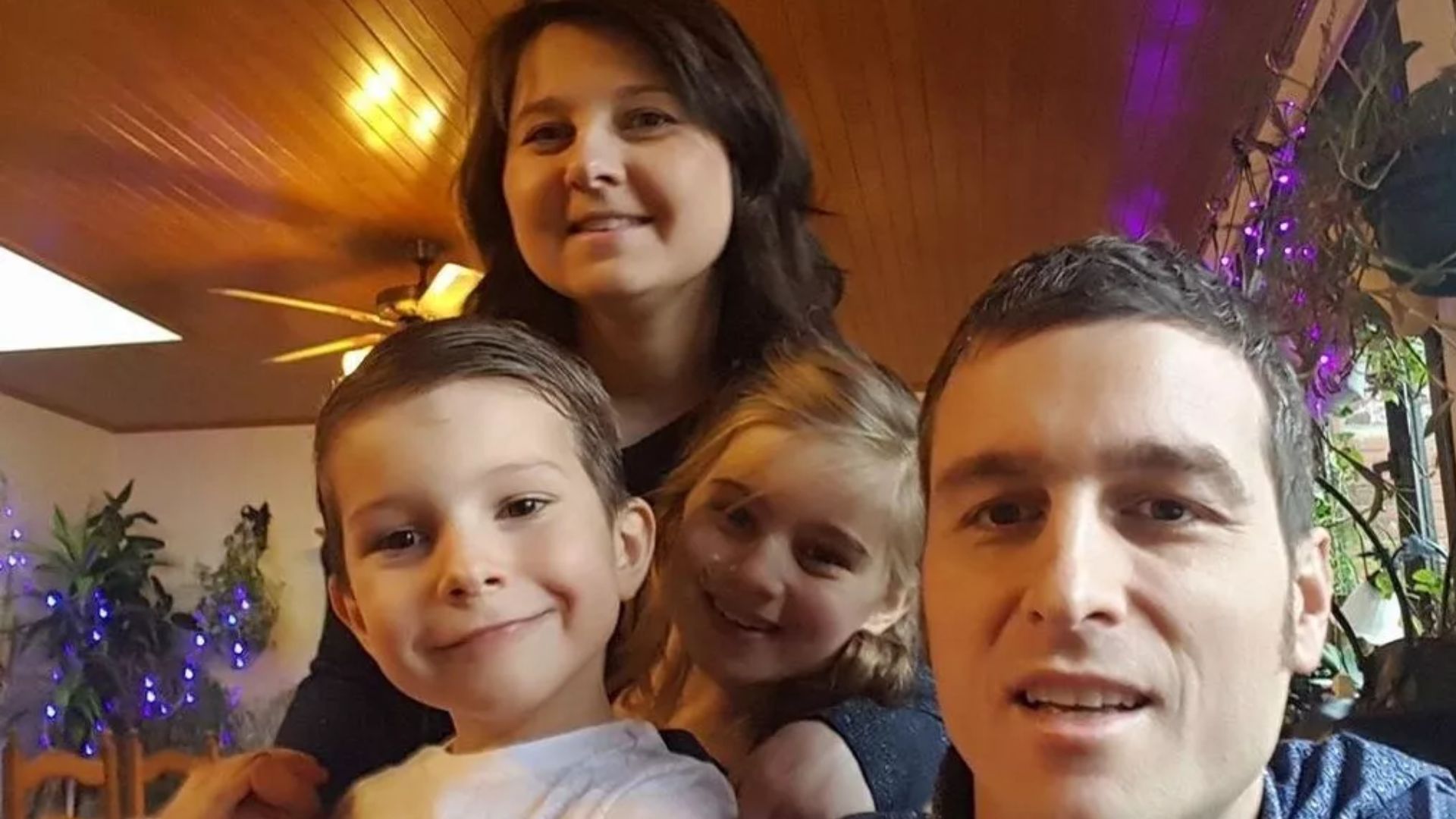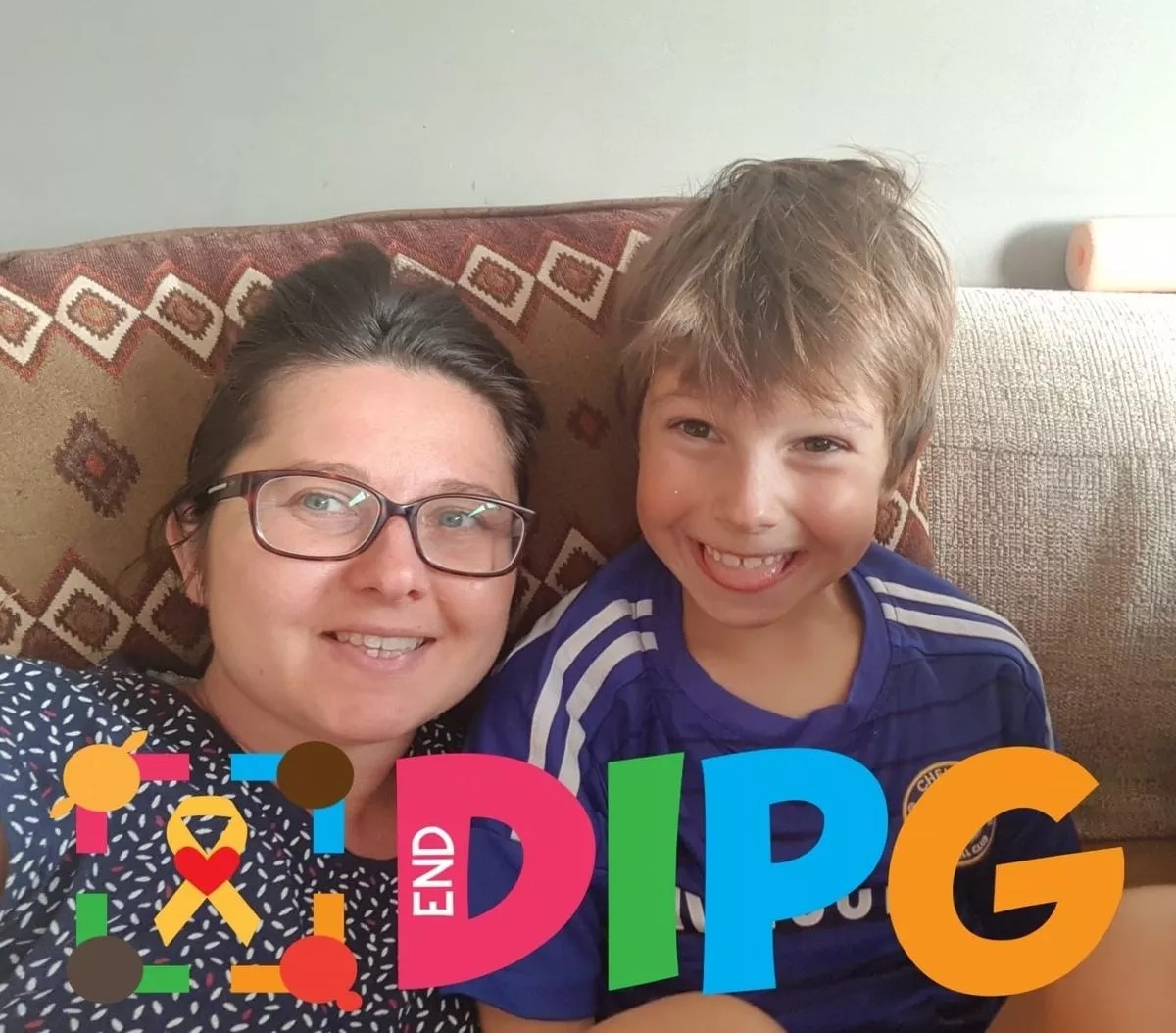A 13-year-old boy from Belgium has become the first person in the world to recover from a deadly childhood brain cancer once considered untreatable, doctors confirmed.
Lucas Jemeljanova was diagnosed with diffuse intrinsic pontine glioma (DIPG) when he was six. The aggressive tumor grows in the brain stem and has almost always been fatal, with most children living less than two years after diagnosis.
Dr. Jacques Grill, who leads the brain tumor program at the Gustave Roussy cancer center in Paris, said he had initially told Lucas’s parents their son was unlikely to survive.
“Over a series of MRI scans, I watched as the tumor completely disappeared,” Grill told AFP. “I don’t know of any other case like him in the world.”
Lucas joined a clinical trial in France called BIOMEDE, which was testing different drugs against DIPG. He was randomly assigned everolimus, a drug already used to treat other cancers but never tried on this type before.
Everolimus is taken as a daily tablet and works by blocking a protein that helps cancer cells grow and form blood vessels. In Lucas’s case, the drug not only shrank the tumor but eventually cleared it completely.
Doctors believe a rare mutation in his tumor may have made it especially sensitive to the treatment.
“Lucas’s tumor had an extremely rare mutation which we believe made its cells far more sensitive to the drug,” Grill said.
Lucas stayed on the treatment for several years before stopping around 18 months ago. At 13, he remains cancer-free.
While Lucas is the only patient in the BIOMEDE trial to see his tumor vanish, seven other children have shown long-term responses, with their tumors stable for more than three years.
Researchers are now studying tumor samples in the lab to understand why some children responded so well. They are creating tumor “organoids” — small clumps of lab-grown cells — to test how future drugs might reproduce the same effect.
“Lucas’s case offers real hope,” said researcher Marie-Anne Debily. “We will try to reproduce in vitro the differences that we have identified in his cells. The next step will be to find a drug that has the same effect on tumor cells.”
Experts say it will take years before a treatment based on these findings could be widely available.
Every year, around 300 children in the United States and up to 100 in France are diagnosed with DIPG. Until now, radiotherapy has been the only option to slow the disease, with no effective drug treatment.
Lucas remains the only known child to have been cured of the cancer, but his case is being seen as a breakthrough for research that has struggled to make progress for decades.


